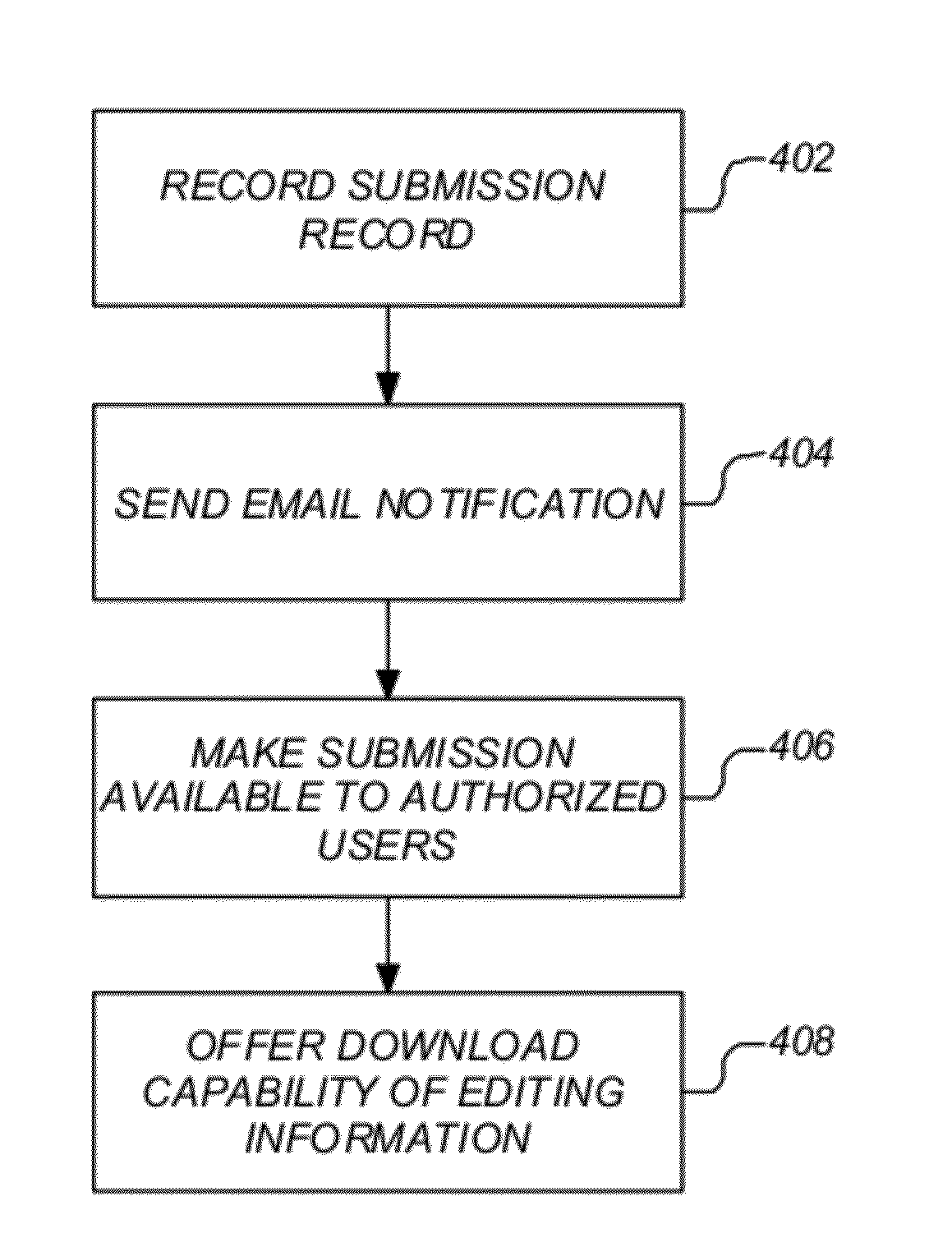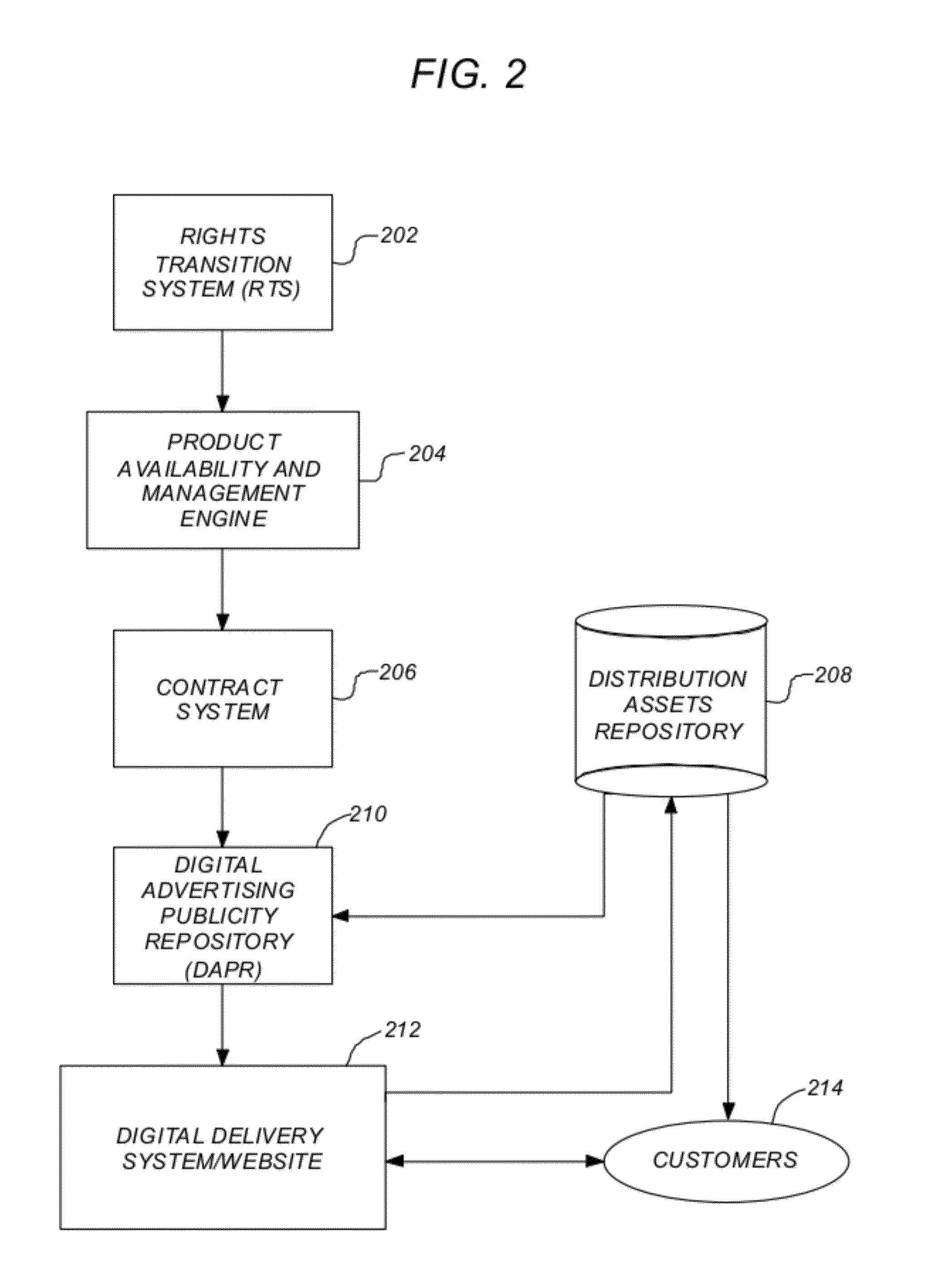Localized media content editing
- Summary
- Abstract
- Description
- Claims
- Application Information
AI Technical Summary
Benefits of technology
Problems solved by technology
Method used
Image
Examples
Embodiment Construction
[0064]In the following description, reference is made to the accompanying drawings which form a part hereof, and which is shown, by way of illustration, several embodiments of the present invention. It is understood that other embodiments may be utilized and structural changes may be made without departing from the scope of the present invention.
Overview
[0065]Embodiments of the invention provide an online language localization portal that allows users (e.g., licensees or vendors) to input / enter localized text information into an application and submit the collected text entries to a media content owner. In addition, the portal is an integrated part of a secure digital file-based media content delivery system.
Hardware Environment
[0066]FIG. 1 schematically illustrates a hardware and software environment in accordance with one or more embodiments of the invention, and more particularly, illustrates a typical distributed computer system 100 using a network 102 to connect client(s) 104 (...
PUM
 Login to View More
Login to View More Abstract
Description
Claims
Application Information
 Login to View More
Login to View More - R&D
- Intellectual Property
- Life Sciences
- Materials
- Tech Scout
- Unparalleled Data Quality
- Higher Quality Content
- 60% Fewer Hallucinations
Browse by: Latest US Patents, China's latest patents, Technical Efficacy Thesaurus, Application Domain, Technology Topic, Popular Technical Reports.
© 2025 PatSnap. All rights reserved.Legal|Privacy policy|Modern Slavery Act Transparency Statement|Sitemap|About US| Contact US: help@patsnap.com



